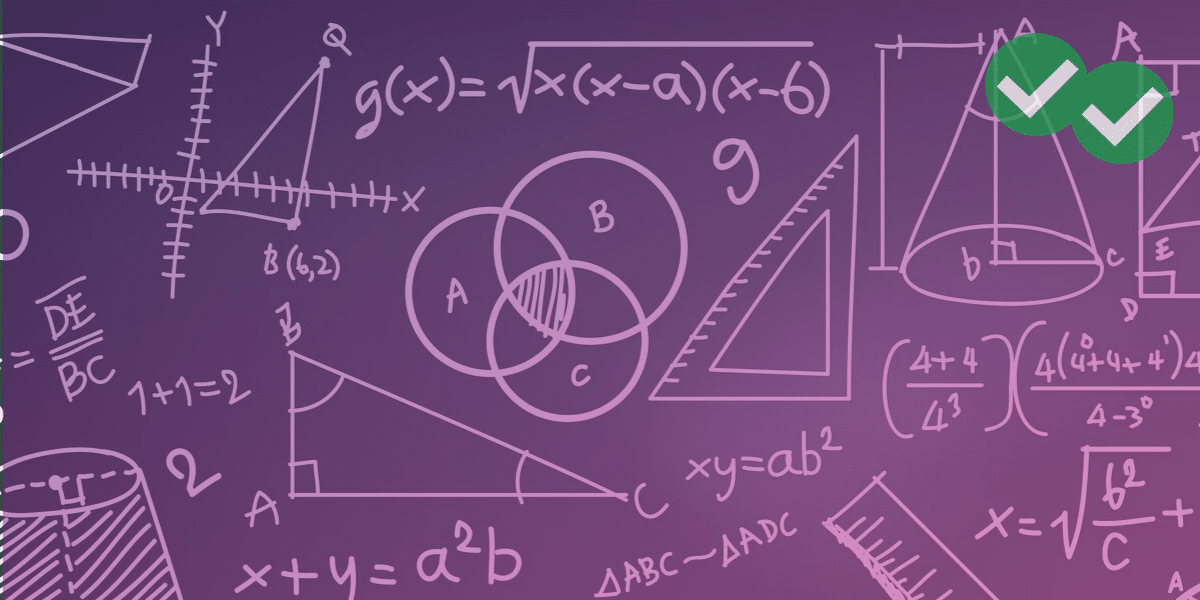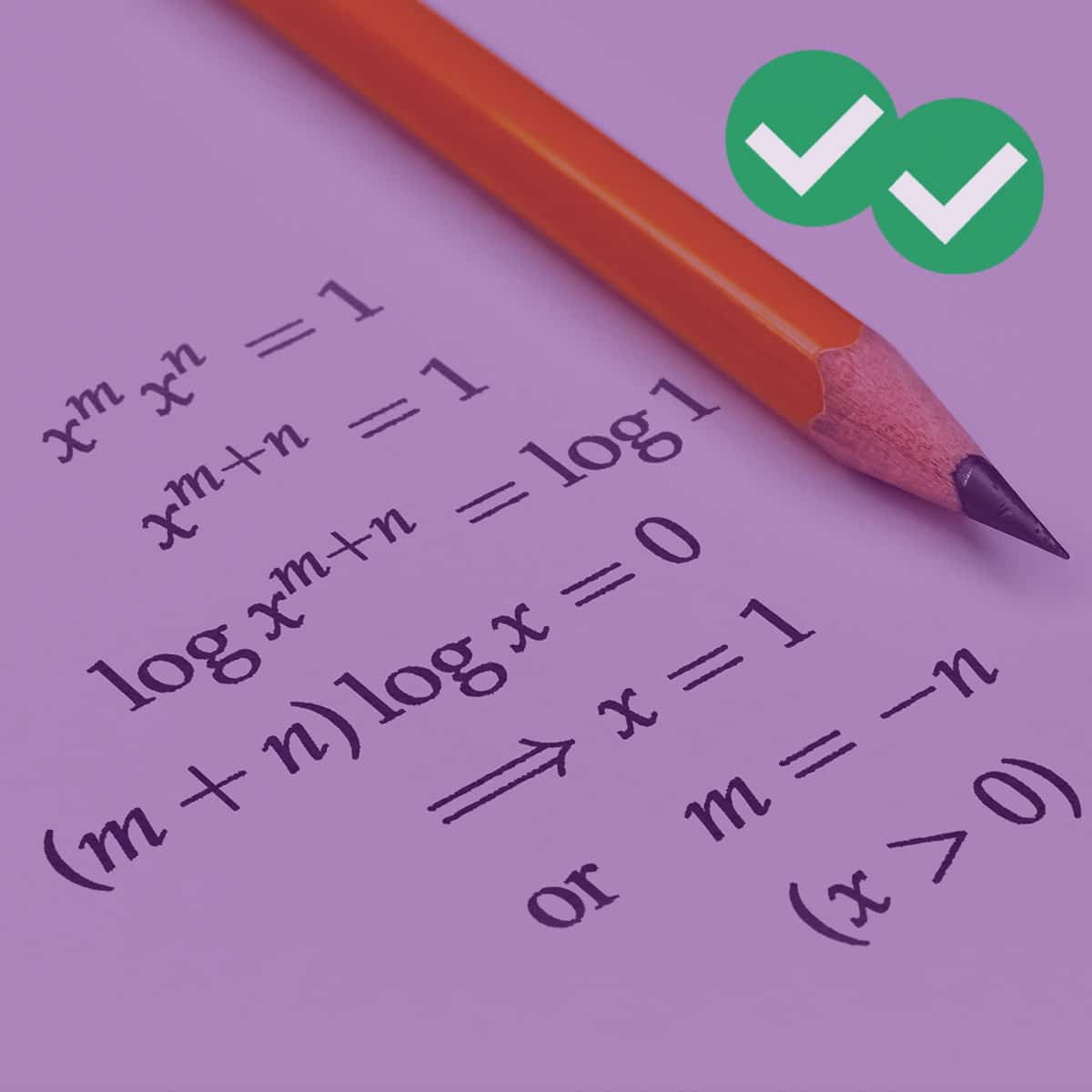Okay, here is another QC question. Make sure you try Part 1 before attempting this one. Set your
timers at 2 minutes. Good luck!
Column A Column B
10^-100 + 99^100 9^-99 + 100^99
Perhaps you were tempted with the Part 1 QC question to begin calculating. The numbers here are so
astronomical as to preclude calculation. The first thing we want to do is step back from the problem
and see if we can simplify anything. One helpful strategy in QC is to see if you can remove a sum or value
from both sides. That is, if the values are very similar on both sides take them out. In this case we
have 10^-100 in column A and 9^-99 in column. The outcome of both of these are going to be numbers
that are so tiny as to not make any difference in the overall sum of the product. So instead of even trying
to figure out which one is bigger remove both of them.
Now let’s focus on the 99^100 and the 100^99. We don’t want to calculate the sum; we simply want to
find out which side is bigger. Drawing from what we learned in Part 1 let’s test the relationship using
small numbers. I’ll try 2^3 vs 3^2. (Note how 3 and 2 differ by one just like 100 and 99.) In this case
we get 8 and 9 and the number with the smaller exponent is bigger. But as soon as we try 3^4 vs 4^3
(81 and 64, respectively) the relationships changes– the number with the larger exponent is bigger.
We could try 4^5 and 5^4 (1,024 vs 625) just to be safe, but remember not to spend too much time.
Anyways, when numbers are really small with exponents (1^2 and 2^1) the relationship with much
larger exponents can’t always be correctly inferred. But notice that 2^1 is twice as much as 1^2, and
2^3 is almost the same as 3^2. In essence the number with the higher exponent “catches up” by the
time we reach 3^4 vs 4^3. The higher the exponent the greater the difference between column A and
B. Therefore by the time you get to 99^100 column A will be far greater than column B. So the answer
is (A).






Leave a Reply